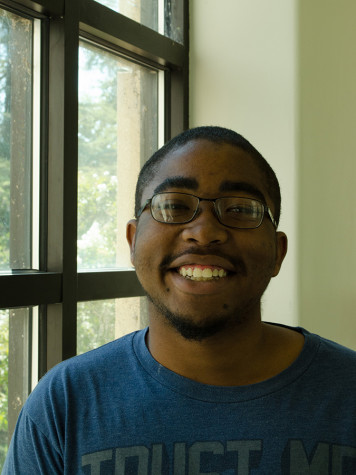Many of us have felt down at different points in our lives, and hopefully we were able to struggle through them and come out the other side a better, stronger individual than we ever were before.
That perseverance should always be there. As the old saying goes, what doesn’t kill you makes you stronger.
But what if there was something that you could not struggle past? The end is slowly approaching, and the closer it gets, the more uncomfortable you become. The pain and suffering is increasing with every passing day, and you have been told from multiple medical professionals that the pain will not cease until your final moments are over.
Should people in extreme circumstances be allowed to end their suffering with the assistance of others?
Suicide victims are often sad and sympathetic cases who usually don’t see their situations getting any better and want a way out even though there are so many better ways.
Assisted suicide is not giving those going through life’s difficulties a free and easy path to end their lives, it is giving those who are being dragged through great physical pain an option to end their suffering.
Governments in liberal democracies should legalize assisted suicide in the form of active euthanasia. The conditions for active euthanasia are as follows: 1. Patients who are diagnosed with a terminal disease and suffer from unbearable pain may choose to do so. 2. The patient is informed of all the consequences of euthanasia. 3. The patient needs a diagnosis from an independent doctor to see whether the patient is able to make a rational decision. 4. The patient must show his or her will to die on his or her own to show that the choice is not forced. 5. The patient must be over the legal age. 6. The patient will die by lethal injection.
Therefore, suicide and euthanasia are not in the same boat at all. Moreover, it is extremely difficult for terminally-ill patients to live a happy, productive or worthwhile life if they do not see signs of cure.
People who are depressed can seek help from counselors if necessary. Moreover, for those who are well alive, death is not an easy option to make compared to terminally-ill patients who are facing death at that moment.
Government actions towards terminally-ill patients will not affect ordinary citizens because ordinary citizens are not the targets of the proposal.
While it is true that most of the world does allow assisted suicide, one case did get substantial attention.
Meet Debbie Purdy, a British political activist with primary progressive multiple sclerosis, notable for her challenge to the law in England and Wales related to assisted suicide. As part of her case, Purdy contended that the assisted suicide prohibition in the 1961 Suicide Act constituted an interference with her rights, within the context of her private life.
Medical experts in the United States remain divided in their opinion of whether physician-assisted suicide should be legal, a new poll suggests, indicating that the way in which patients die and the role of palliative care will remain issues of much debate.
In a poll conducted by the New England Journal of Medicine of the journal’s readers who are primarily health-care providers, people from 74 countries cast 2,356 votes, including 1,712 votes from U.S. readers.
Overall, about 65 percent of votes were against the idea of permitting physician-assisted suicide. The rate among U.S. voters was similar, with about 67 percent voting against physician-assisted suicide.
But dying in a controlled environment at a set time would allow for more convenience and can save lives.
There are over 120,000 people on the organ waitlist. If people were allowed to be in hospitals and control their own death, those organs could be harvested and used to save others. Preparations could be made before the death since it would be at a controlled place and time.
Death is one of the few things that we cannot avoid no matter how hard we try. Unfortunately, we all will reach that time in different ways.
People could come in, speak with their loved ones for a final time while doctors are getting ready for surgery. Once ready, the injection could be given, and the organs taken to the already-prepared recipient. With one decision, two people’s pain and suffering could be ended.
We get to make choices about everything involving our lives.
How and when we end them should be another choice that we are free to make.
Click to read the CON side.


